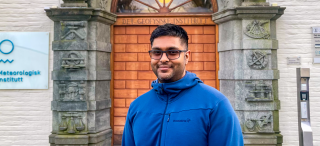Endringer i stormrisiko i Norge? Kan vi forutse det?
10.01.2025, 12:32
Klimaendringer påvirker de økonomiske risikoene knyttet til ekstreme værhendelser. Stormer er blant de mest betydelige naturfarene i Norge og forårsaker omfattende eiendomsskader.



